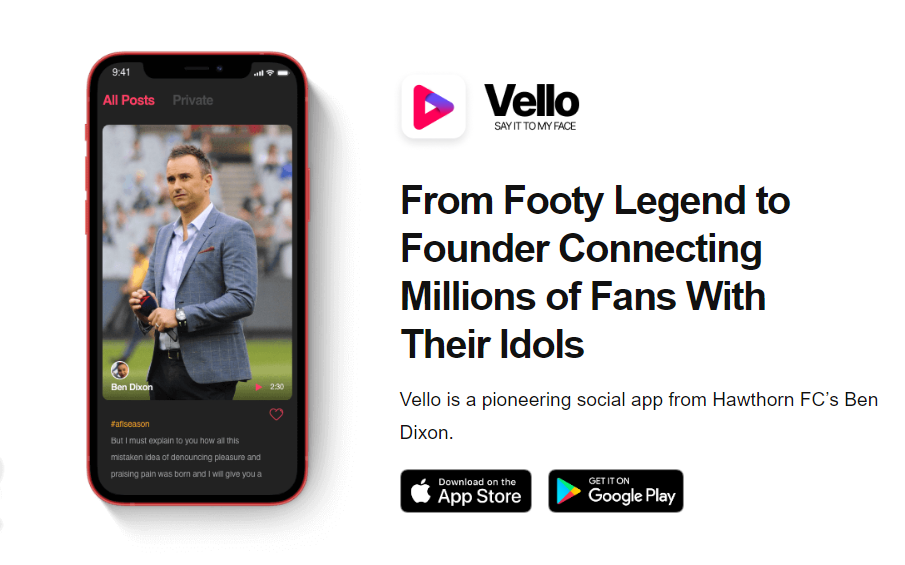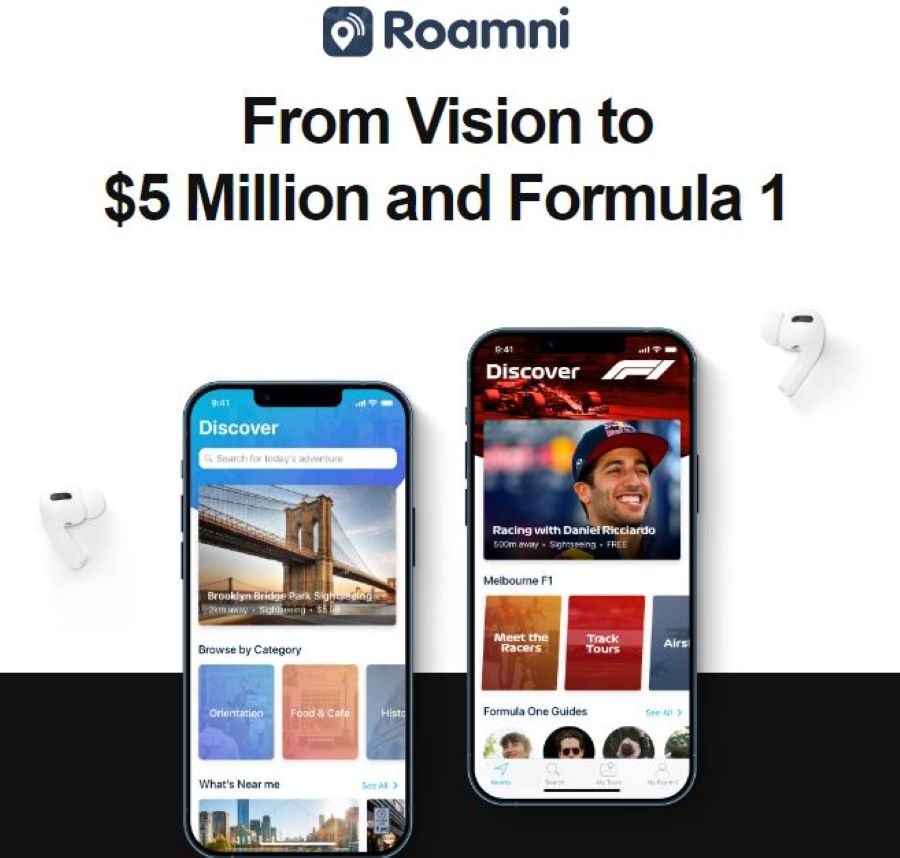How to Create a Pitch Deck with the Right Content and Visuals

It took all the strength you had to approach a potential investor or business partner.
After your initial elevator pitch, months or years pass before they consider your idea and set up a presentation session.
So it’s understandable that you want your pitch deck to be as perfect as possible. After all, this could spell the difference between getting that funding or support for your business and leaving with nothing.
But extreme perfectionism wastes time and does not guarantee results.
Read this article to learn how to create a successful pitch deck that strikes a balance between quality and speed. In particular, this blog will delve into:
- What a pitch deck is
- What type of content and slides an ideal pitch deck should have
- Tips on content style and visual design
Let’s begin!
What is a pitch deck?
A pitch deck is a concise presentation that entrepreneurs use to ask for funding from potential investors or other forms of support from partners and other stakeholders. It is usually a single file that contains slides. Using a pitch deck is a way to give a quick overview of your business and showcase what you’re producing or selling.
A VC investor once said he had to listen to around 4,000 pitches a year. Having a good pitch deck can help you make a strong positive impression and grab the investors’ attention from the start. Even if you’re working solo, a pitch deck can persuade investors and partners to join you.
How is a pitch deck different from other decks given to investors?
A pitch deck is a presentation file in which visuals like charts and infographics are more prominent than other types of information. Since a pitch deck is tailored for in-person presentations like investor pitches, they are more visual than text-based. Meanwhile, an investor deck sent by email can contain more comprehensive information since the file can be read at another time and place.
The 7 Parts You Should Prioritize for an Effective Pitch Deck
The ideal pitch deck structure contains just the right amount and type of information to make a presentation as quick and clear as possible. It contains the following slides or set of slides:
1. Opening and memorable tagline
The initial slide of your pitch deck is crucial because it paves the way for a good first impression. Ensure your title slide exudes professionalism, accompanied by a tagline that is not only catchy but also succinctly captures the essence of your pitch.
2. The problem
A solid pitch deck has a slide or set of slides that explain early on the problem a business or organization seeks to solve. This section provides the audience with a clear starting point, allows them to empathize with your target customer, and prepares them to grasp the significance of your product.
Typically, these contextual slides also delve into the narrative’s emotional aspect. They spotlight the pain points experienced by a typical user, offering visual aids such as photos, diagrams, personas, or even videos.
3. Market size and relevance
Pitch decks won’t be complete without an explanation of the market potential associated with the problems or pain points you mentioned. This segment of your pitch deck should present statistics highlighting the scale of your target market, the breadth of the market opportunity, and the potential returns investors could reap by backing your venture.
Moreover, this section should highlight why existing solutions fail to tackle the problem effectively.
There are many instances when an existing solution does not effectively address the problem.
One example is in the social media space. Some platforms fail to connect people closer to each other because of the toxic ideas frequently shared in existing digital social networks. To fill a need in the industry, a startup called EvrSo proposed an alternative solution in the form of a social media app that helps people pursue wholesome and meaningful goals. Check out the EvrSo case study to learn more about this innovative platform.

4. Product and business model
The product and business model slide expounds the market context provided earlier and highlights your product’s or service’s unique value proposition. It establishes a connection between the two, illustrating how your company intends to generate revenue from prospective customers and why your specific business model best aligns with the product offering and customer demands.
While presenting this section of your pitch deck, you can use sample products and other tools to help demonstrate what your business offers. Doing this will increase the chances that your audience will fund or help your organization grow.
Get the latest industry news first.
For instance, many of our clients at Appetiser Apps used a prototype to showcase the features of their app idea. The prototypes we helped design enabled startups like Vello and Roamni to acquire funding worth around $600,000 and $3,000,000, respectively. These two startups used the money to develop digital products that are now valued at millions.



5. Market plan
This part of your pitch presentation is where you explain your go-to-market strategy.
Crucial questions to answer here include: How will your product reach your target market? How can your business establish a foothold in the industry?
Incorporate any marketing and sales strategies you have developed. Provide specific details to validate your approach and instill confidence in your intended audience.
Marketing strategy has been a critical component of the success of many companies, including ones in the tech sector. For example, sports prediction startup PointsBet invested heavily in advanced marketing methods like digital marketing. With the help of a website, the company expanded to the U.S. and increased in value from around $60 million to $2 billion.

6. Financial viability
A successful investor pitch deck should provide evidence that a business idea is more than just a concept—it’s a feasible and valuable strategy that can bring in sustainable income.
While revenue might not be present in the early stages (and sometimes even in later stages for certain industries), there are other indicators of tangible progress. These could include financial projections, user metrics, reservation lists, or early product engagement.
Additionally, you can incorporate social validation, such as endorsement from reputable brands, strategic partnerships, awards, media coverage, and backing from established venture capitalists or angel investors.
7. The team
This deck section spotlights your exceptional team. It could highlight any previous ventures your team members have spearheaded, along with their pertinent industry expertise or educational background.
Now that you know what information to include in a pitch deck, it’s time to learn how to write the content and design the visuals.
11 Quick Tips on Content Style and Visual Design
Crafting a great pitch deck depends on subtle yet impactful text and visual elements that can significantly boost your success rate. From font selections to nuanced design adjustments, there are many ways to produce a remarkable pitch deck.
Here are some quick pointers to enhance the visual appeal and coherence of your pitch deck:
- Personalize your startup narrative. Share a compelling and relatable story about your venture.
- Focus on singular ideas. Convey only one primary concept per slide to avoid overwhelming your audience.
- Maintain consistency in design. Ensure uniformity in color schemes, fonts, and text sizes throughout every slide of your pitch deck presentation.
- Manage bullet points. Limit the use of bullet points to maintain clarity and avoid information overload.
- Keep slide count in check. Avoid overcrowding your pitch deck with an excessive number of slides. It is highly recommended not to go too much beyond 10 slides per pitch deck.
- Harness the power of visuals. Incorporate imagery like photos or videos consistently to sustain audience interest and engagement.
- Prioritize readability. Opt for large fonts to enhance the legibility of your content, ensuring it resonates with your audience.
- Simplify brand representation. Keep your brand elements basic at this stage to avoid confusion.
- Utilize charts for emphasis. Highlight numerical data with charts or graphs to make your presentation deck clear and impactful.
- Use tiled layouts. Break down complex information effectively by utilizing tiled layouts for improved comprehension.
- Review pitch deck templates. Search for any ready-made pitch decks if you’re pressed for time. To gain insights that can help improve your pitch deck content and design, look for templates used by successful startups such as Airbnb and Dropbox.
All hands on (pitch) deck
Like how a ship’s deck needs all the crew’s hands to prevail over storms and other obstacles, so does your pitch deck need all the effort and knowledge you can muster to help your business reach its goals. Hopefully, you’ve picked up valuable insights on how to create a pitch deck that will help you succeed in that manner.
When we help companies and nonprofits succeed, we at Appetiser Apps go beyond the pitch deck. Whenever they have even just an abstract idea for an app, they can access all our technical and business expertise to turn their vision into a fully functioning web or mobile app.
An app may be the asset you need to grow or start your business. To discover if app design and development is right for your goals, book a free consultation with us. Let’s find ways to chart your course to success together.

Jesus Carmelo Arguelles, aka Mel, is a Content Marketing Specialist by profession. Though he holds a bachelor’s degree in business administration, he also took courses in fields like computer troubleshooting and data analytics. He also has a wealth of experience in content writing, marketing, education, and customer support. Outside office hours, he finds deep joy in reading, traveling, and photography.
Get the latest industry news first.


